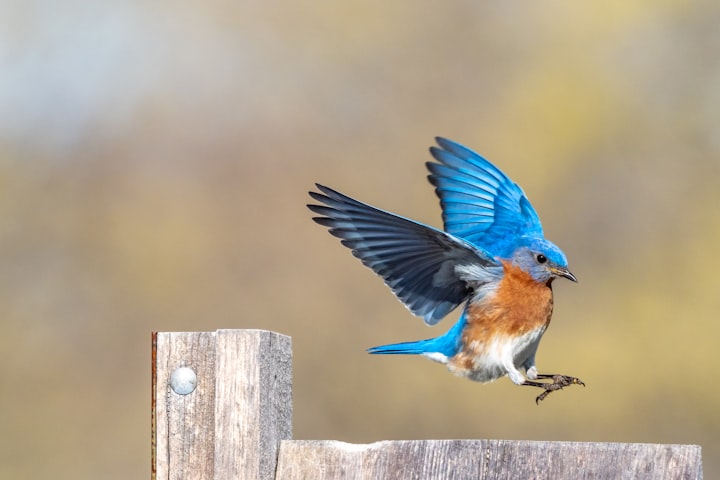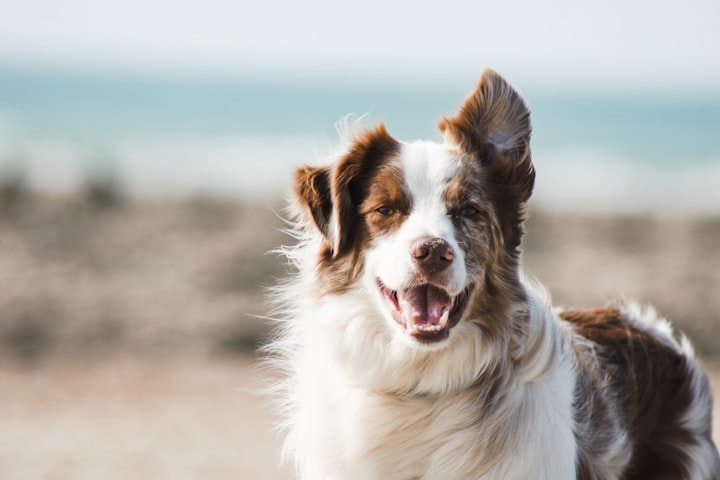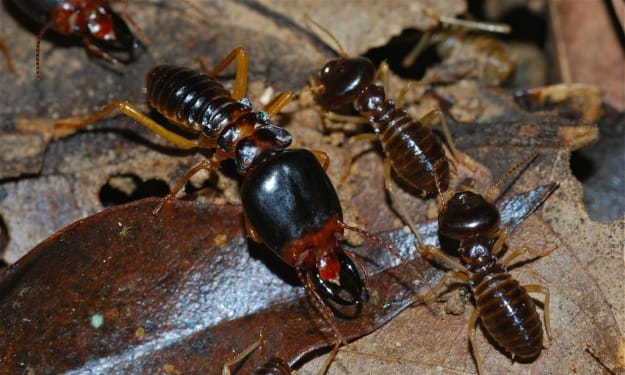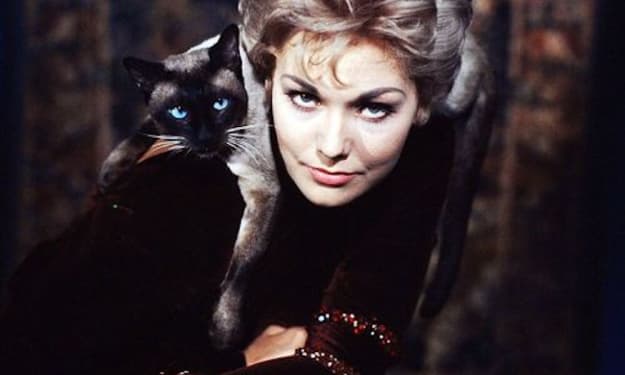First Bird in the World
First Bird in the World: Unveiling the Extraordinary Secrets of Avian Evolution

The universe of birds is one loaded up with amazement and interest. From their capacity to take off through the skies with elegance to their different exhibit of beautiful plumage, birds stand out for a really long time. In any case, have you at any point pondered the beginnings of these exceptional animals?
How did the primary bird appear, and what mysteries does avian advancement hold? In this article, we will set out on an excursion to divulge the unprecedented story behind the main bird on the planet.
Presentation
Birds are one of a kind in the collection of animals, having qualities that recognize them from different animals. They are warm-blooded, have quills, and lay hard-shelled eggs.
Yet, what separates birds from their kindred vertebrates? How about we investigate the entrancing universe of avian development to find out?
What Makes Birds One of a Kind?
Birds have a few extraordinary elements that add to their noteworthy capacities. One of the clearest differences is their quills, which fill various needs past flight. Feathers give protection, assist with romance shows, and empower disguise.
Moreover, birds have lightweight skeletons with empty bones, taking into consideration productive flight and route through the air.
The Transformative Beginnings of Birds
To reveal the beginnings of birds, we should dig profound into the fossil record. The disclosure of Archaeopteryx, a fossilized animal with both bird and dinosaur qualities, gave a significant piece of proof.
This "missing connection" exhibited the transformative association between reptiles and birds, showing that birds developed from a gathering of theropod dinosaurs.
Padded Dinosaurs: The Association with Birds
The presence of padded dinosaurs further fortifies the connection between dinosaurs and birds. Fossils of dinosaur species, for example, Velociraptors and Microraptor uncovered padded structures, proposing that quills originate before the rise of real birds.
These disclosures give undeniable proof of the development of plumes as a forerunner to trip-in birds.
Flight: How Did Birds Take to the Skies?
Flight is maybe the most ability to astound birds. Yet, how could they foster this unimaginable variation? Researchers suggest that birds developed flight steadily, with their precursors first taking to the trees and coasting from one branch to another.
After some time, these skimming abilities advanced into the fueled flight, empowering birds to overcome the skies.
Transformations for Flight: Wings, Quills, and Empty Bones
The capacity to fly required different transformations in birds. Wings, with their special shape and plume course of action, produce lift and push. Feathers give streamlined properties, supporting mobility and dependability during flight.
Also, birds' empty bones decrease weight while keeping up with underlying honesty, making them appropriate for aeronautical movement.
Bird Noses and Their Specializations
Bird noses arrive in many shapes and sizes, each adjusted for explicit taking care of techniques. From the long, slim snout of a hummingbird for tasting nectar to the solid, snared nose of a falcon for tearing the prey, these particular designs permit birds to take advantage of different food sources and flourish in different territories.
Avian Vision: A Universe of Variety
Birds have an uncommon vision, frequently marvelous that of people. They can see a more extensive range of varieties and bright light, permitting them to find food, explore, and impart really.
Their sharp visual perception empowers them to recognize prey from huge spans and distinguish unpretentious changes in their current circumstance.
Bird Vocalizations and Correspondence
Birds are prestigious for their pleasant tunes and complicated vocalizations. Their capacity to deliver a great many sounds fills different needs, including drawing in mates, shielding domains, and flagging caution. Every species has its exceptional collection of calls and tunes, framing an intricate arrangement of the avian correspondence.
Relocation: The Mind-blowing Excursions of Birds
The peculiarity of bird relocation is a demonstration of their wonderful capacities. Consistently, a great many birds leave on significant distance ventures, covering a huge number of miles to arrive at their reproducing and wintering grounds.
Their navigational abilities, sharpened through ages, depend on a mix of divine prompts, milestones, and, surprisingly, Earth's attractive field.
Generation and Parental Consideration in Birds
Birds show different regenerative systems, going from intricate romance presentations to helpful reproducing. Mating ceremonies, home structure, and hatching of eggs all assume essential parts in guaranteeing the endurance of the future.
A few animal varieties exhibit striking parental consideration, with the two guardians sharing the obligations of raising their posterity.
Bird Variety: From Hummingbirds to Ostriches
The avian world incorporates a mind-boggling variety of species, each with its novel transformations and qualities. From the littlest hummingbird to the transcending ostrich, birds possess for all intents and purposes each side of the globe. Their momentous variety in size, shape, hue, and conduct features the flexibility of avian development.
Human Association with Birds
Since forever ago, people have connected with birds in different ways. Birds have propelled workmanship, writing, and social practices across various social orders. They have likewise filled in as significant marks of ecological well-being and have been trained for friendship and pragmatic purposes, like transporter pigeons and falconry.
Conclusion
As of late, the protection of bird species has turned into a worldwide concern. Human exercises, like natural surroundings obliteration, contamination, and environmental change, present critical dangers to avian populaces.
Preservation endeavors plan to safeguard jeopardized species, reestablish living spaces, and bring issues to light about the significance of protecting bird variety for people in the future.





Comments
There are no comments for this story
Be the first to respond and start the conversation.